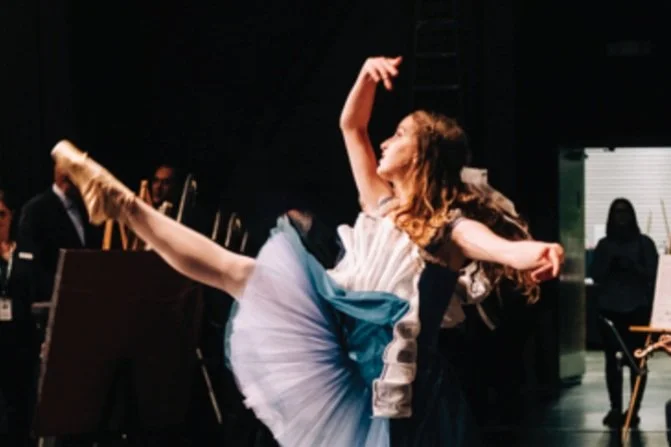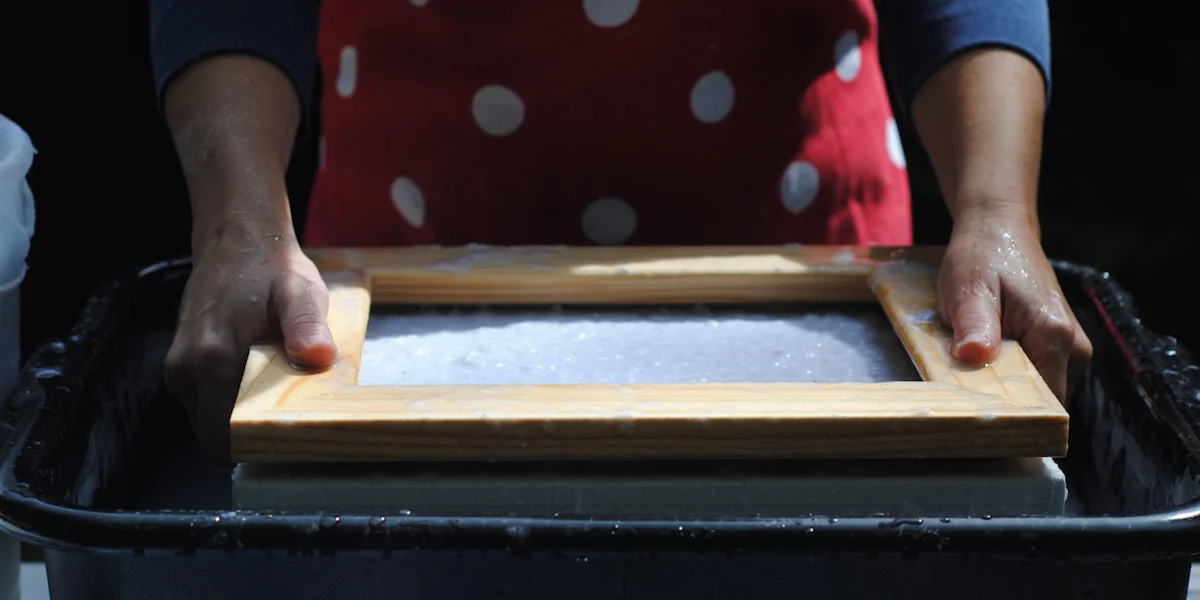Everyday Exotic
This piece was originally published in the Winter 2016-2017 issue of Our Jackson Home: The Magazine.
Support Aaron’s Kickstarter here.
When I think about the vocation of a photographer, I think of the words of Simone Weil, saying that “Attention is the rarest and purest form of generosity.”
Paying attention is what gets most photographers into their profession. They pay attention and capture a moment and then linger in the darkroom, spending hours waiting to see an image develop from the blank white of a sheet of photo paper, the details slowly emerging in a chemical bath. This kind of attention is a form of generosity that moves us, as viewers, to see something in our world anew.
For Jackson photographer and professor Aaron Hardin, a renewed sense of attention was what gave way to a body of work that has recently led to Hardin being awarded the Magnum Photography Fine Art Photographer of the year award, a distinction that holds international honor.
Underground
The year photographer Aaron Hardin’s daughter was born was the “13th Spring.” That spring, the cicadas that had been living beneath the earth for thirteen years crawled up from the ground and took over the landscape. Anyone in Jackson will remember that year in our recent history, when the insects’ singing was thick in the air, and their outer shells hung empty on trees like a suit of translucent skin they had finally slipped free of with the approaching summer heat.
It was a short but profound stage in the developmental cycle of the insect. As they emerged, they lived the most visceral stage of their existence in a flash compared to those long years underground. Hardin felt that resonating with own experience as he became a father and reckoned with his identity in Jackson and the world.
Hardin’s work at making pictures had been developing before this moment, too. In 2007, his senior year of college, he ended up in his first photography class. Hardin had been interested in filmmaking before the class, but this is where he fell in love with taking still pictures.
Hardin graduated, married his wife Alice, and took a job making commercials in Jackson. But the hunger to do photographic work was consuming, so he studied and took in as much of it as he could in his free time.
“The parts [of Jackson] people overlook became my canvas.”
Many artists describe the desire to do their work as a kind of hunger that drives them to keep creating. Hardin was hungry to do more photography, so in 2009 when a photography position opened with The Jackson Sun, he applied. Having had little experience, they gave him part-time work. It was an important moment in his formation as a photographer. Working as a photojournalist, he photographed the widest range of the human experience, from the happiest to the most tragic parts of people’s lives. Suddenly, his experience in Jackson was not limited to his own circles, and he began to take notice of all the different types of people and places in his city.
“The parts [of Jackson] people overlook became my canvas,” Hardin said.
During this time, Hardin’s desire to evolve his work continued to grow, and there was more he wanted to learn. Sometimes for the artist, that desire is tied to place and moving on to bigger, better things, but for Hardin, the opportunity to move never arose. He began working with a non-profit, doing photography in Ethiopia for a Jackson-based ministry called Indigenous Outreach International.
Eventually, he describes coming to the end of what he understood and could accomplish with his work.
“I was ignorant to the implications of pictures, and I didn’t know why some were good and others weren’t, and I didn’t know the impact that they can have and the questions that they can ask.”
Hardin then started graduate school with University of Hartford’s international residency program. It allowed him to study overseas under influential and distinguished artists. It was a demanding program, requiring studying in stints, traveling around the world, and learning from some of the most thoughtful and influential photographers.
After his first session of grad school, he found out that he and his wife Alice were going to have a baby, a reality that blindsided them because their doctor had told them they wouldn’t be able to have kids.
Then came the 13th Spring. Josephine Hardin was born, and Hardin’s reality and work as a photographer began to shift.
The 13th Spring
“While I was making these pictures, I was thinking a lot about becoming a father and what that means—bringing a child into this dangerous, tragic world,” Hardin says.
Hardin didn’t realize those questions and feelings about his experience were emerging in his pictures. His grad school advisors, however, saw his work taking shape and watched as he kept working it out.
“I was realizing and reconciling my existence in this part of the country, in Jackson, in disappointment of never going on to move to a big city and having a big career yet. It was also about being a dad, and bringing a child into the world that I don’t know what I think about,” Hardin explained.
The experience of fatherhood, while reality-shaking and full of anxiety, was also one that opened a new kind of vision to Hardin. As he watched his daughter experience and see the world for the first time, he began to see the world around him with new eyes.
“I started to move from fear to blissful discovery in my work, seeing amazing things in alleyways and back ways and in moments that seem almost divine in the normal ol’ town I’ve lived in for ten years. They were things I would have looked over in the past and that a lot of people maybe do look over,” Hardin said.
This is when he began to see that something worth pursuing was happening in his work, as people from other places would look at the otherworldly images and ask, “Where are you from? What is this place?”
“I realized this time in my life and having this experience and feeling and thinking this moment and season was going to be short, and I needed to respond to it.”
He began to see that more than being about having a child, the work was a catalyst to looking and thinking about the world. He described wandering around and taking pictures, as the cicadas hatched and took over: “They were loud and intense and not pleasing, but it really resonated with the experience I was having—scary and violent and beautiful and complex. I realized this time in my life and having this experience and feeling and thinking this moment and season was going to be short, and I needed to respond to it.”
The response comes through in the images which carry otherworldly qualities embedded in everyday scenes. They may look familiar to many Jackson residents, but they are details and moments in our experience that don’t normally draw our attention or that we often miss.
“I believe that you have to use what you’re given, you have to see what you’re given, and who is your family and what is your past and what is your history. How can you use that to make something? I’m not interested in traveling around the world—anyone can travel and make pictures because it’s foreign and exotic, but it’s not as interesting as being able to dig deep into your local world and show someone something that really takes them out of that world, to make someone say, ‘What is this? Where is this?’ out of rudimentary common objects.”
“Anyone can travel and make pictures because it’s foreign and exotic, but it’s not as interesting as being able to dig deep into your local world and show someone something that really takes them out of that world. . . .”
Hardin describes the moments he would take the photographs as somehow transcendent as a familiar setting would be transformed by a moment of light or atmosphere.
“These little glimmers of this other world are among us, but they only happen in these tiny moments. If I don’t photograph them, if I don’t find them and hold on to them, I will never see them again. I want to believe there is something more than what is here but that it is already here with us and around us. We just forget about it. That’s a gift and you have to hold on to it. And if you can use a camera to hold on to it, you should,” Hardin said.
In this body of work, Hardin says the images explore a lot of spiritual uncertainty but also a lot of hope. The collection contains images that are allegorical and symbolic of many of the themes Hardin was exploring as he took the series. The challenge was putting them together in a poetic way that someone reading the book and experiencing it can have some of the same experiences and feel some of the same things as if it was a literal narrative.
Moving Forward
Hardin completed his program the next spring and decided he would submit his work on the photo book The 13th Spring to a contest held by LensCulture and the prestigious photo organization Magnum Photos. He thought, “Nobody’s gonna care about this,” but he decided he needed to do it.
After a couple of months, he received a notification that he had won the award for Fine Art Photographer, an international and prestigious distinction from thousands of photographers’ entries from 126 different countries.
“These little glimmers of this other world are among us, but they only happen in these tiny moments. If I don’t photograph them, if I don’t find them and hold on to them, I will never see them again.”
For Hardin, the experience of being in Jackson was also one prevalent in his thoughts and his work. Any artist in a small town has to wonder if they should have moved to a bigger city, landed a bigger job, and achieved higher recognition. As the images continued to strike curiosity and marvel in people, he learned that working in the place he was had a profound influence on that quality.
“This is my canvas. I don’t feel a need to go anywhere else. This [city] has everything I need if I am willing to find it. I could work anywhere, but I’m here—and I do believe you can grow where you were planted. I wasted years not making work because I wasn’t where I should be. That is poison,” he said.
“This [city] has everything I need if I am willing to find it. I could work anywhere, but I’m here—and I do believe you can grow where you were planted.”
Winning the award was another confirmation of what he was discovering about life as an artist
in Jackson.
“You can make amazing work that stretches boundaries in the most common place with the most normal means and with a common experience like having a child.”
Courtney Searcy likes to design things, take pictures, and write words that tell good stories about their community. Jackson became home after she graduated from Union University in 2014, where she studied Graphic Design and Journalism. She currently works as a graphic design specialist at Union while continuing to make paper goods on the side via her business Fine Company. She thinks the best things in life are porch swings, brunch, art, music, and friends to share it all with.
Photography by Courtney Searcy.



















